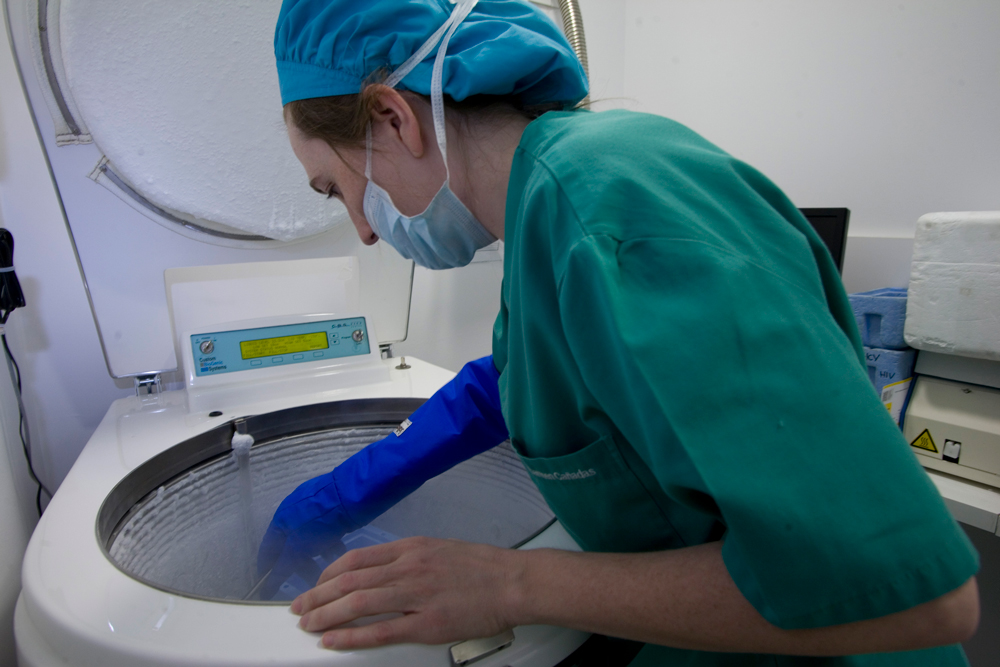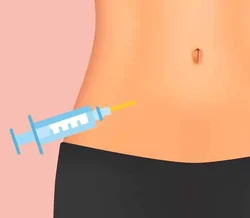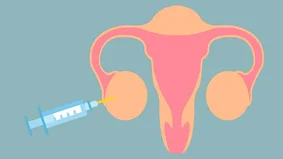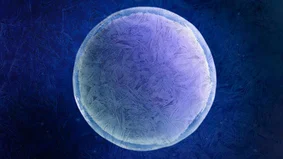
Assisted reproduction
Freezing eggs: female fertility preservation
Do you want to have a baby but don’t think that it’s the right time? Are you over 30 and worried that your fertility might be affected? Egg freezing is an assisted reproduction technique which enables you to preserve your fertility.
Female fertility preservation
Thanks to advancements in fertility preservation, it is now possible for all women who wish to – or who need to due to medical reasons – postpone the moment when they become mothers, via the freezing of their eggs.
Work commitments, economic difficulties, not being able to find the right partner or simply the desire to postpone it, makes more and more women delay the decision to become mothers. The problem is that after 35, a woman’s fertility declines and the quality of her eggs gets worse, reducing the chances of a natural pregnancy. If this applies to you, you should be aware that you can preserve your fertility thanks to egg freezing (also known as egg vitrification).
Furthermore, egg vitrification also enables women who have to undergo chemotherapy or radiotherapy to preserve their fertility, seeing as said treatments can have a negative effect on fertility.
Therefore, women can opt for the extraction and freezing of their eggs before they undergo a cancer treatment, always following the advice of the specialist
What is egg vitrification and what does it consist of?
Oocyte freezing is the only technique which allows women to preserve their eggs so that they can be fertilised at a future date. Due to its simplicity and excellent results, this fertility preservation technique has been performed at Ginefiv since 2006.
It consists of subjecting the cells to rapid cooling, bringing them down to a very low temperature very quickly. The high speed of the cooling which takes place during vitrification stops the water inside the egg from transforming into ice crystals which would cause it irreversible damage. The good results obtained from egg freezing has made this technique one of the most important steps forward in the field of assisted reproduction.
The oocytes need to be incubated in a solution with a high concentration of cryoprotectant before being placed into liquid nitrogen. The temperature to which the oocytes are exposed is reduced from the initial 22°C to -196°C, at a cooling velocity of 23,000 degrees per minute, unlike in more traditional techniques in which the cooling velocity oscillated between -0.3 and -2°C/min. This means that the vitrified eggs will retain the same fertility as on the day you decided to preserve them.
When you decide to become a mother, your oocytes are thawed and fertilised (using semen from your partner or from a donor) in the IVF lab and they are then transferred to your uterus
The phases of oocyte vitrification

Phase 1
Ovarian stimulation
This is the first phase in this fertility preservation treatment. It consists of inducing a multiple ovulation in the patient via the administration of hormonal medication.
Throughout the procedure, our specialists will keep check on the growth of the ovarian follicles using ultrasound monitoring.
Phase 2
Egg retrieval
This is a minor outpatient procedure that takes approximately 15 minutes in which an ultrasound is used as a guide for the extraction of the oocytes that have matured in the woman’s ovaries during the previous phase.
Egg retrieval is performed in our own surgeries and you are placed under light sedation so that you do not suffer any sort of discomfort.


Phase 3
Egg vitrification
Once they are in our lab, the eggs are cryopreserved using the vitrification technique, which consists of very rapid and low temperature cell solidification, which stops the formation of ice.
Immediately after their vitrification, the eggs are stored under nitrogen in our banks, where they remain perfectly identified until they are required
From vitrification to fertilisation
The egg survival rate after thawing is about 90%.
When we want to use the vitrified oocytes, they will be fertilised using ICSI (sperm microinjection) with the semen of the partner or that of a donor, generating embryos which will then be transferred to the patient. The patient will have undergone a prior endometrial preparation to favour embryo implantation.
When should egg freezing be used?
To preserve fertility: egg vitrification offers the possibility of combating the effects caused by the passage of time on the female reproductive system. This is especially pertinent after the age of 35, when we can specifically say that the following deterioration occurs:
- A progressive reduction in fertility due to the aging of the ovaries.
- A progressive reduction in the probability that the child will be born healthy if a pregnancy is achieved.
For medical reasons: for example, before starting a cancer treatment which may cause infertility (chemotherapy and radiotherapy can cause irreversible damage to the ovaries).
For ethical/moral reasons: when couples do not wish to freeze embryos due to their beliefs, egg vitrification is the solution. This means that we will only fertilise the number of eggs that we need to transfer, freezing the rest of the eggs (instead of the embryos as would happen with the conventional technique) for use at a later date.
What is the best age to freeze your eggs?
Women’s fertility starts to decline after 35 and it occurs much more quickly after 38- 40. This fact is enormously important when thinking about the possibility of freezing eggs, seeing as the results of gestations resulting from vitrified eggs vary substantially based on the age at which the eggs were obtained.
When egg vitrification is carried out when the patient is aged between 32 and 35, it is estimated that about 8-10 frozen eggs are needed to give a gestation rate of 40- 50%. However, if the eggs of a patient aged between 38 and 38 are frozen, the success rate decreases to 35%. In patients aged between 39 an 40, this rate is 20- 25%, and after 40 it does not rise above 10%. Furthermore, in the latter age ranges, seeing as the ovarian reserve is in many cases reduced, it may be necessary to carry out more than one cycle to obtain enough viable eggs.



